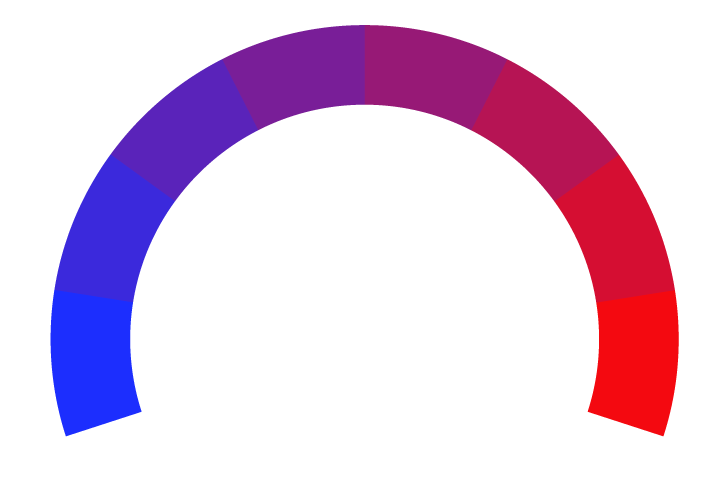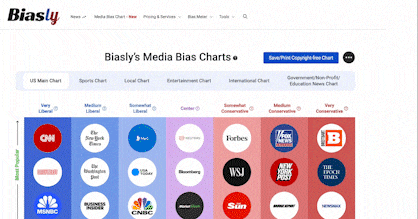Sanjeev Ahluwalia | GST 2.0: A Major Reform or Sops for Hard-Pressed?
- Bias Rating
- Reliability
20% ReliableLimited
- Policy Leaning
8% Center
- Politician Portrayal
N/A
Continue For Free
Create your free account to see the in-depth bias analytics and more.
By creating an account, you agree to our Terms and Privacy Policy, and subscribe to email updates.
Bias Score Analysis
The A.I. bias rating includes policy and politician portrayal leanings based on the author’s tone found in the article using machine learning. Bias scores are on a scale of -100% to 100% with higher negative scores being more liberal and higher positive scores being more conservative, and 0% being neutral.
Sentiments
14% Positive
- Liberal
- Conservative
| Sentence | Sentiment | Bias |
|---|---|---|
Unlock this feature by upgrading to the Pro plan. | ||
Reliability Score Analysis
Policy Leaning Analysis
Politician Portrayal Analysis
Bias Meter
Extremely
Liberal
Very
Liberal
Moderately
Liberal
Somewhat Liberal
Center
Somewhat Conservative
Moderately
Conservative
Very
Conservative
Extremely
Conservative
-100%
Liberal
100%
Conservative

Contributing sentiments towards policy:
57% : This multiplicity of tax rates encourages misclassification to evade tax and costs more administratively.54% : However, tax efficiency also depends on the composition of the tax base, which varies across countries, making a fair "apples to apples" comparison difficult.
52% : SBI anticipates an overall deficit initially of unto Rs 1.1 trillion in the annual revenue collection, but expects this can be neutralised by the consumption boosting "income effect" of lower tax for consumers in 15 per cent of the tax base.
51% : The value-added format avoids the "cascading effect" of tax levied on the tax already paid, by making all tax on input purchase deductible from the final tax burden, by linking the purchase invoice with the sale invoice.
51% : Two-thirds of the tax base moved to the lower tax rate of 18 per cent and the remaining five per cent share in tax base, moved to a new much higher tax rate of 40 per cent.
49% : Similarly, the highest tax rate of 28 per cent (share in tax base of 15 per cent) could be ended.
49% : The objective of improving the efficiency of tax collection significantly remains compromised to manage the near time impact on consumers and protect government revenue.
48% : Tax buoyancy will depend on how propensity to save windfall gains during tough times plays out versus the marginal propensity of consumers to spend (mostly in the higher income-tax brackets).
48% : Increase in the efficiency of tax collection will depend on the level of tax breaks given for products where demand is suppressed by income.
39% : States should also consider that fast expanding electrification of transport can severely damage future revenues from petroleum fuels.
33% : tax collection efficiency can be significantly enhanced by bringing alcohol and petroleum fuels under GST 2.0.
*Our bias meter rating uses data science including sentiment analysis, machine learning and our proprietary algorithm for determining biases in news articles. Bias scores are on a scale of -100% to 100% with higher negative scores being more liberal and higher positive scores being more conservative, and 0% being neutral. The rating is an independent analysis and is not affiliated nor sponsored by the news source or any other organization.






















